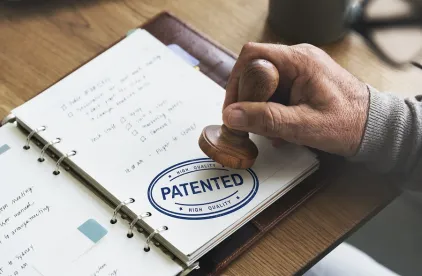In its third ruling in an ongoing patent dispute, the US Court of Appeals for the Federal Circuit found that a grant of summary judgment barring an infringement action under the principle of collateral estoppel was legal error where the accused product was materially different from product accused in a prior suit. Arcelormittal Atlantique v. AK Steel Corp., Case No. 17-1637 (Fed. Cir. Nov. 14, 2018) (Reyna, J).
In 2010, Arcelormittal initiated an infringement action against AK Steel Corp over its AXN products—steel sheets that, when thermally treated, such as via hot stamping, become highly mechanically resistant and are useful in manufacturing automobile parts. The patent at issue in the 2010 action included claims directed to steel sheets with a certain coating and composition that have “a very high mechanical resistance in excess of 1500 MPa after thermal treatment.” A jury found that AK Steel’s products did not meet the claim element relating to the high mechanical resistance in excess of 1500 MPa after thermal treatment.
In 2013, Arcelormittal initiated another infringement action against AK Steel, this time accusing AK Steel’s ULTRALUME products of infringement. AK Steel defended, seeking summary judgement that the accused products in the 2013 action were the same as those in the 2010 action and that Arcelormittal should be collaterally estoppel from bringing the second infringement action. The district court agreed and dismissed the second action on grounds of collateral estoppel. Arcelormittal appealed.
According to the Federal Circuit, where an alleged infringer prevails in an earlier action, the accused products gain non-infringing status and the alleged infringer acquires the status of a non-infringer to the extent that the accused products remain the same. Thus, “[a] primary issue in a collateral estoppel analysis with respect to non-infringement is whether the accused product is the same—i.e., the issue sought to be precluded is the same as that involved in the prior action—or whether the accused products have materially changed.”
Drawing all inferences in favor of the non-moving party in a summary judgment determination (in this case, Arcelormittal), the Court found that there was sufficient evidence to indicate that AK Steel’s products in the 2013 action were different than the products in the 2010 action, and further that the difference was material, as there was evidence that went to the issue of whether the 2013 products could meet the “very high mechanical resistance [numerically recited in the claims] after thermal treatment.” The Court thus vacated and remanded the case to the district court.




 />i
/>i

